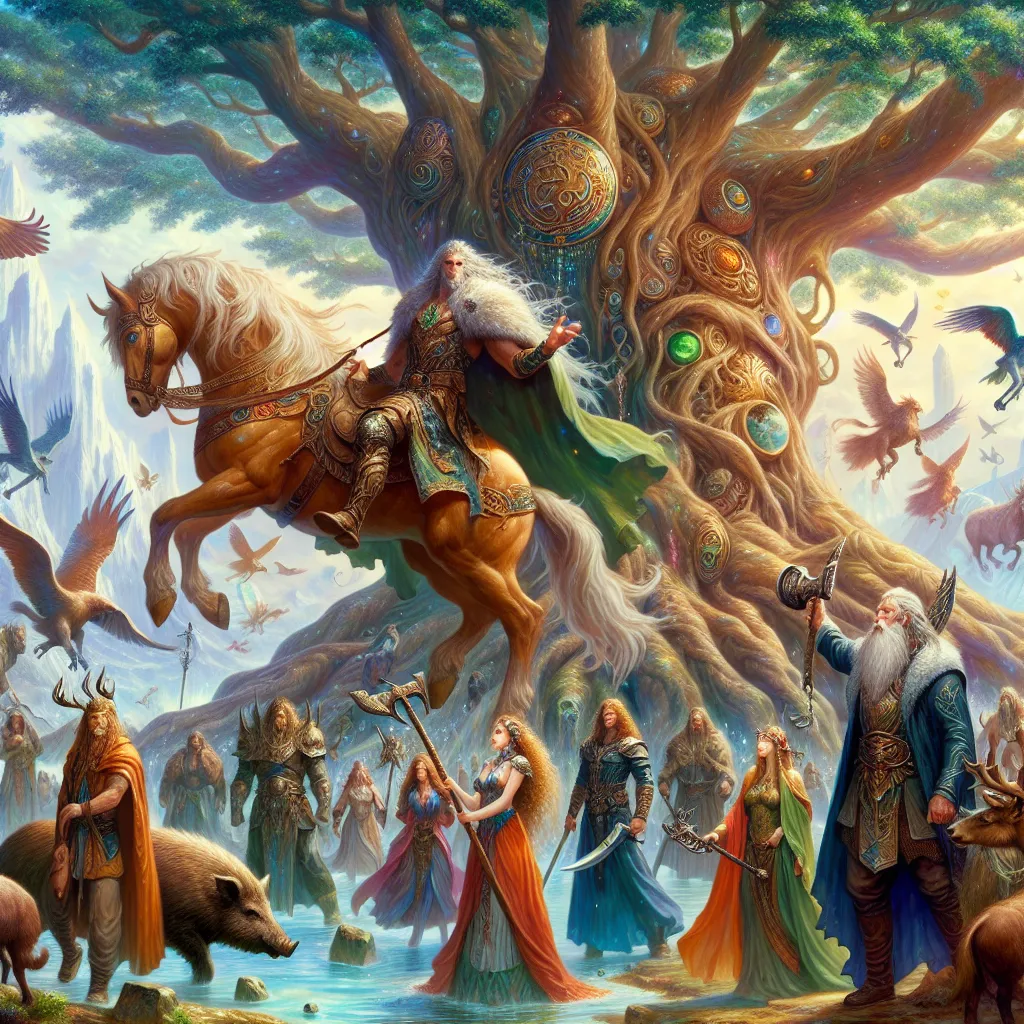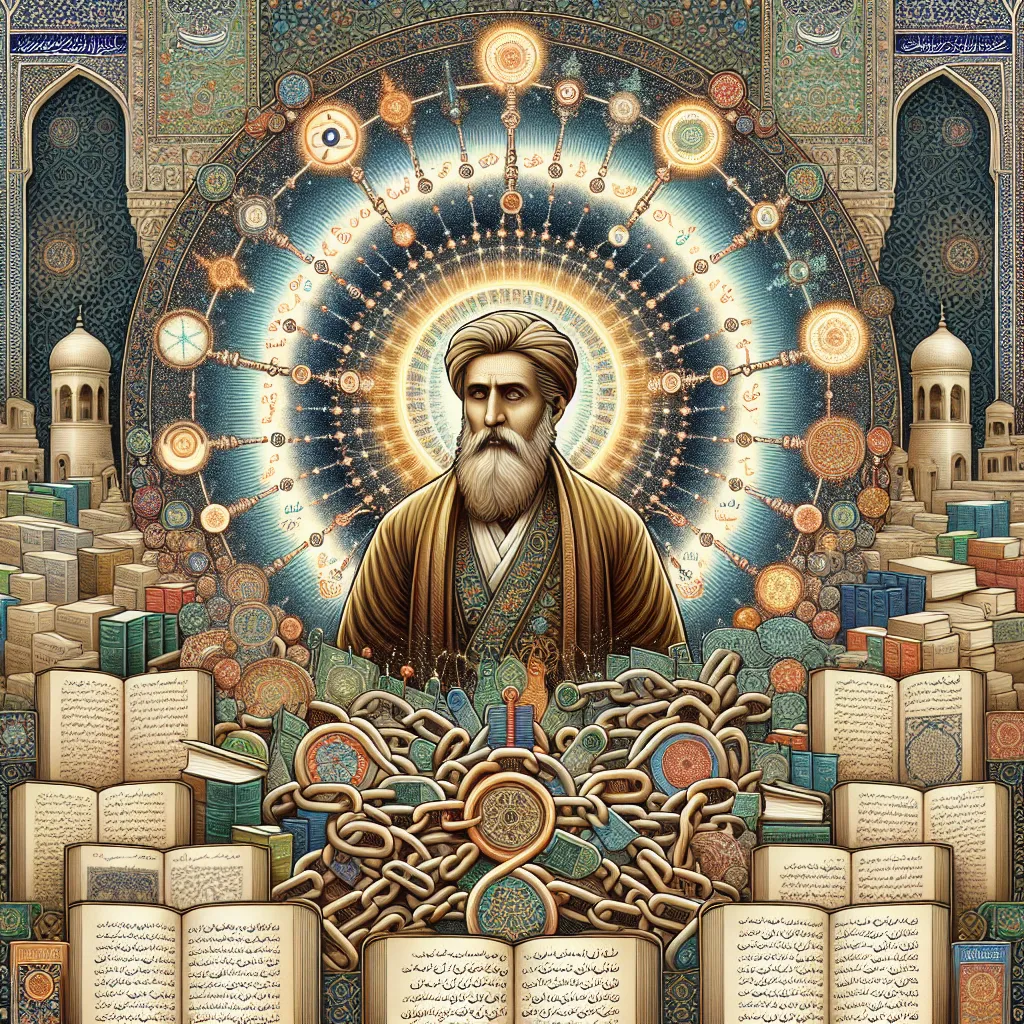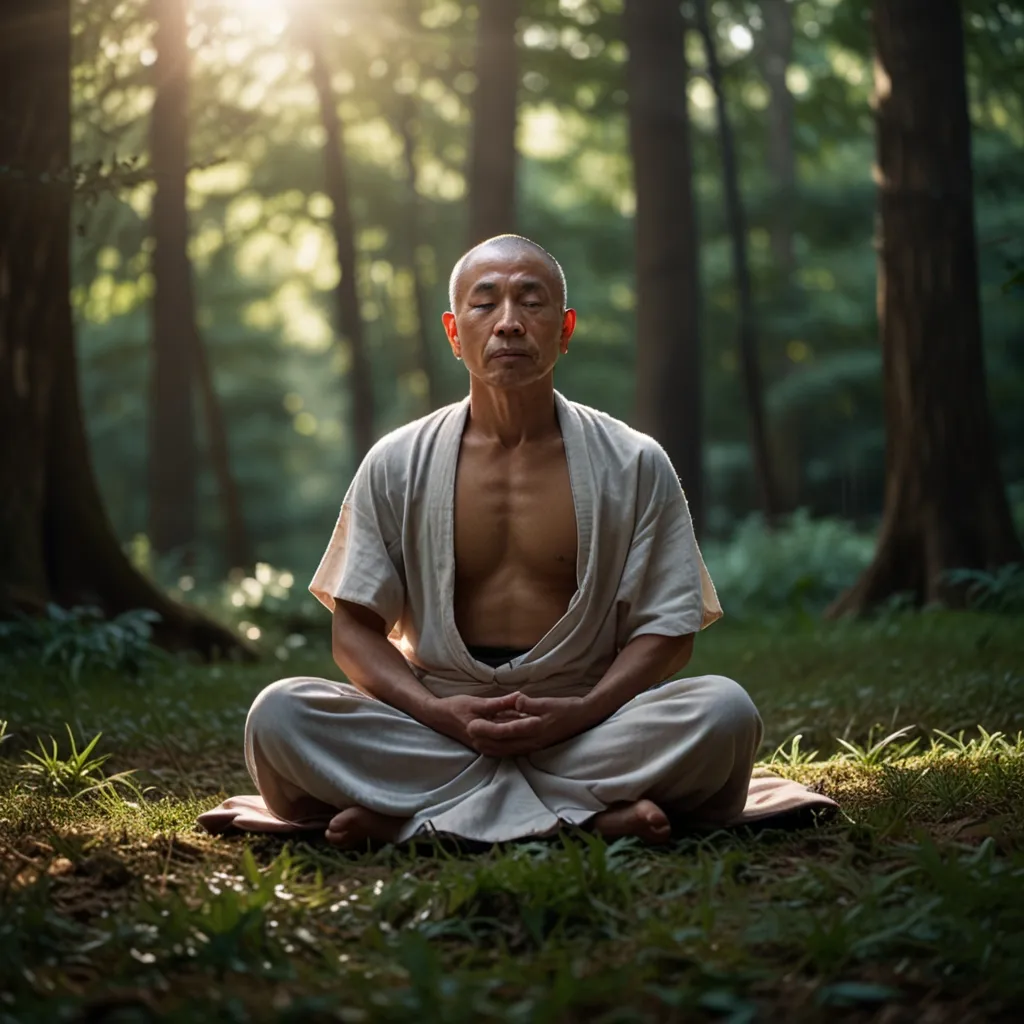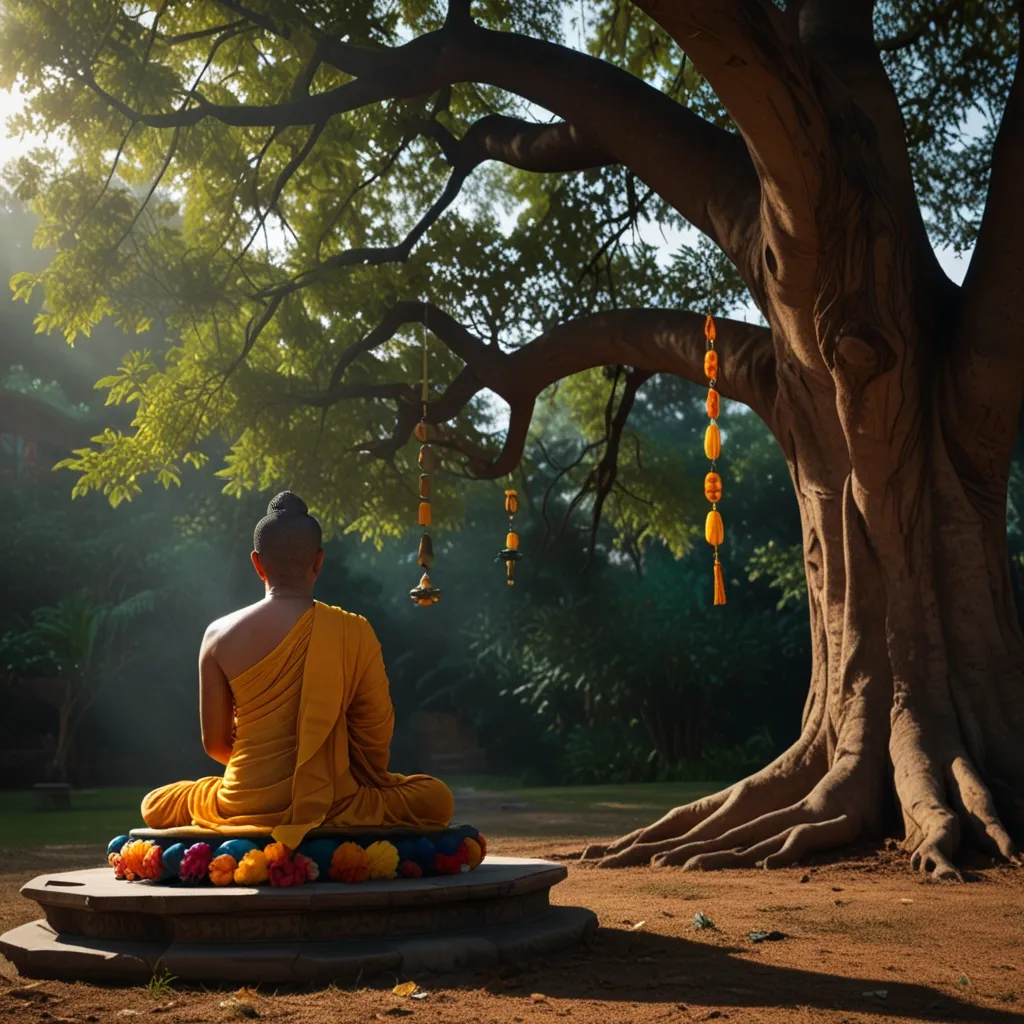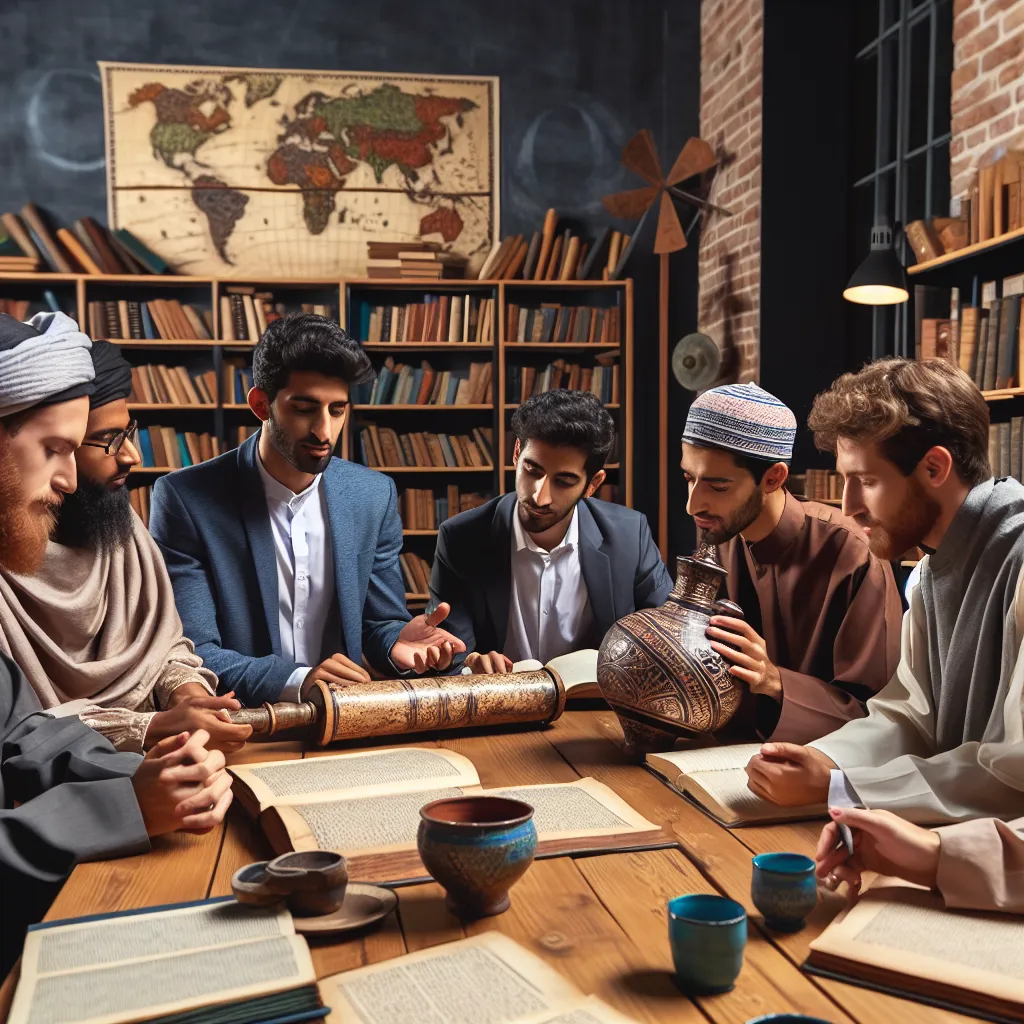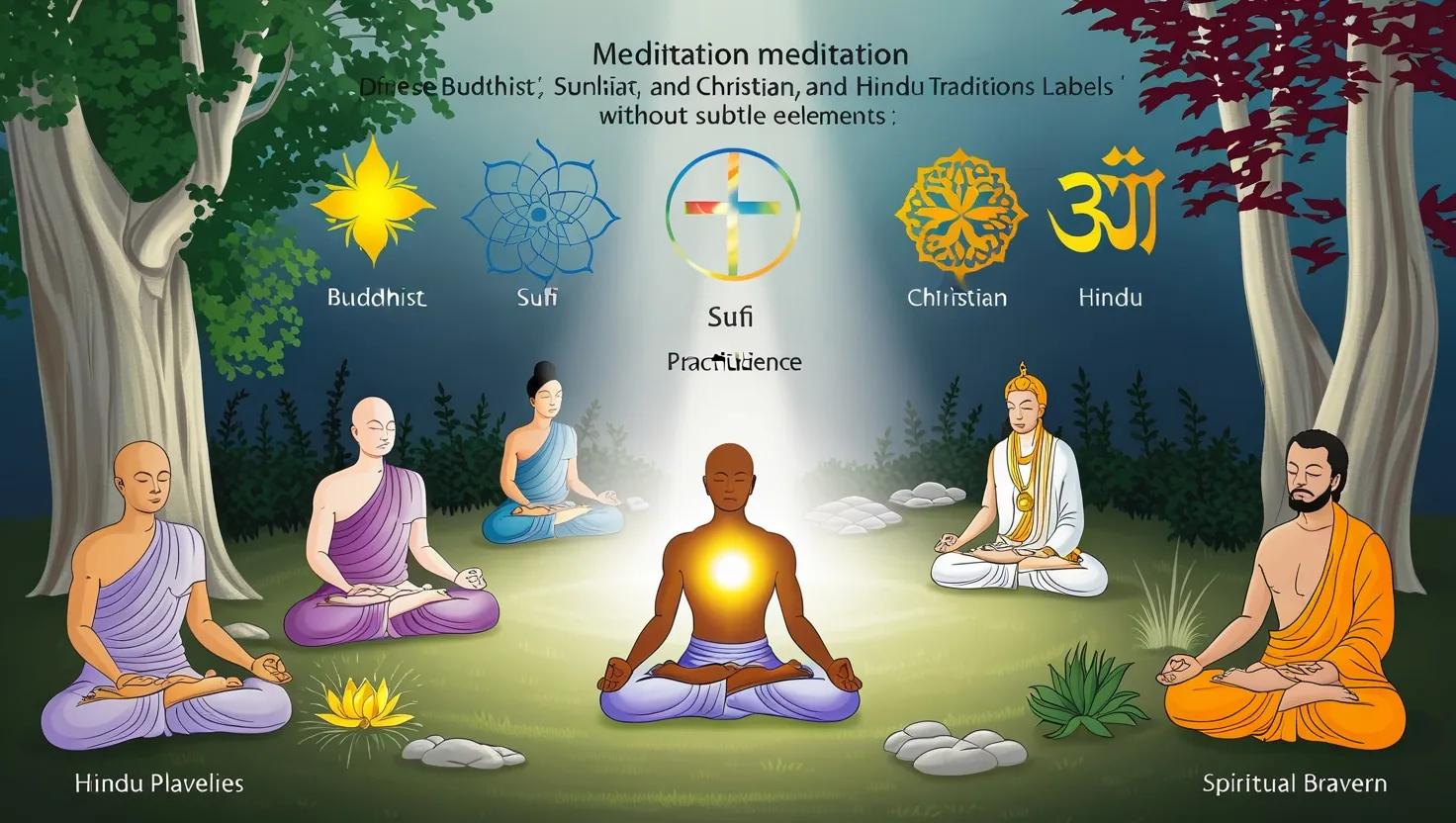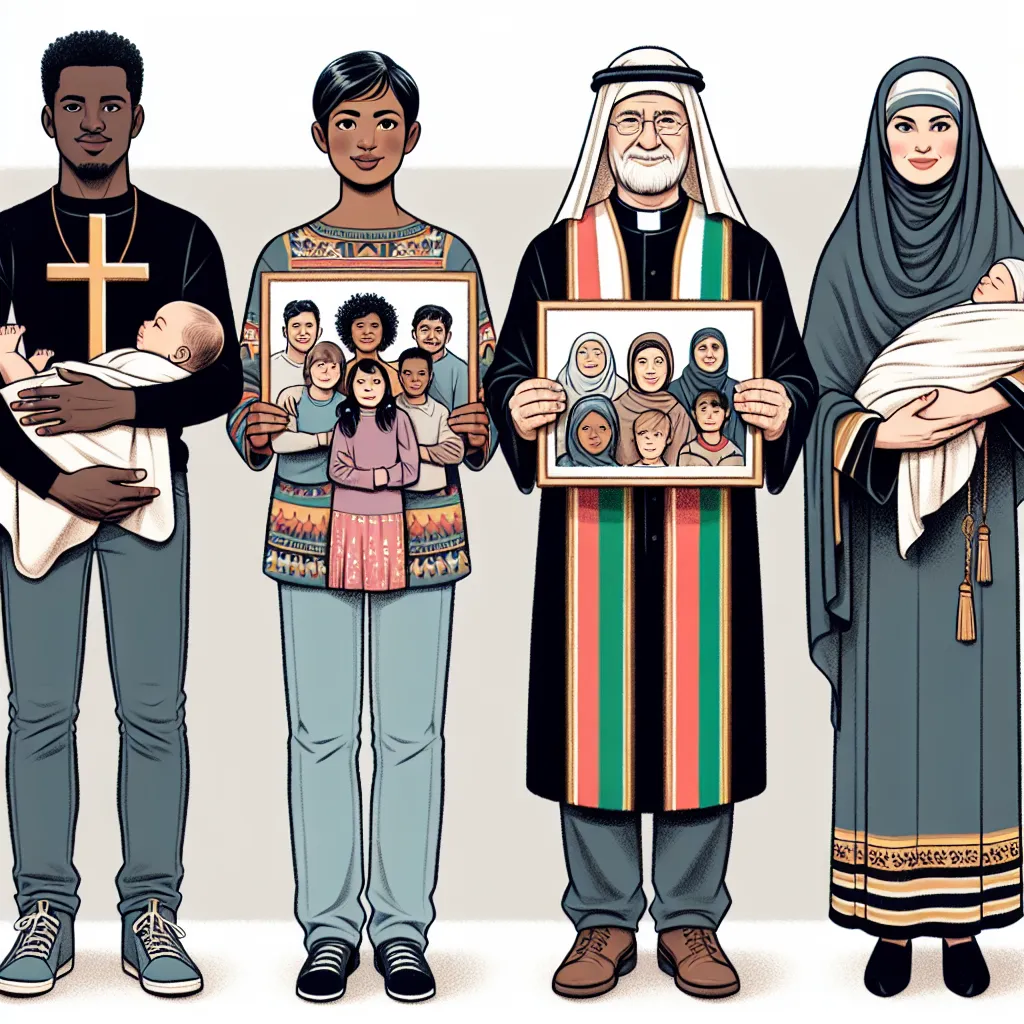Recently, there’s been a surge of interest in Norse mythology and pre-Christian Scandinavian culture, thanks to video games like God of War Ragnarok and TV series like Vikings. It’s really no surprise since this mythology, filled with gods, creatures, and epic tales, is utterly fascinating. But how much of what we see in pop culture is actually accurate? And what was the real essence of the ancient Norse religion?
Talking about Norse religion, we’re focusing on what prevailed before Christianity dominated Scandinavia. Think Odin, Thor, the great tree Yggdrasil, and those epic tales we hear about. Norse religion was polytheistic, meaning it had many gods who had very human-like characteristics. They had their squabbles, loves, betrayals – which makes it somewhat similar to ancient Greek and Egyptian mythologies.
The religion of the Norsemen featured a myriad of gods associated with various aspects of life and nature. The gods were divided into the Aesir and the Vanir. Odin, Thor, and Balder belonged to the Aesir, while gods like Freyr and Freyja were part of the Vanir. Humans needed to keep the gods happy through rituals, offerings, and sacrifices to maintain cosmic and social order.
Sources of our knowledge about Norse religion include archaeological finds like graves and statues, runestones with ancient inscriptions, and literary sources such as the Poetic Edda and the Prose Edda. These texts, compiled in the 13th century, include many of the famous tales and myths, like the creation of the world and Ragnarok, the end of the world.
Daily life for the Norse revolved around these deities. The myths offer a view into a world of gods and giants, with major cosmic events foreshadowing Ragnarok, a cataclysmic battle that would bring an end to the world as they knew it. According to these beliefs, after Ragnarok, the world would be reborn in a new, fertile state – life renewing from destruction.
Central to Norse cosmology is the World Tree, Yggdrasil, an immense tree that connects the nine worlds of Norse mythology. At its roots live the Norns, who weave the threads of fate. This tree and its lore are symbolic of life, death, and rebirth, central concepts in Norse beliefs.
The gods were crucial in everyday life – gods like Odin, the one-eyed god of war and wisdom, and Thor, the hammer-wielding god of thunder who protected humanity from giants. Freyr and Freyja were also important, embodying fertility, love, and even death.
Rituals and sacrifices, known as blot, were essential. These could be as simple as offering food and drink or as significant as animal sacrifices. The aim was to maintain peace and favor with the gods, ensuring blessings and protection.
In ancient times, these rituals might take place anywhere, from sacred groves to specific cultic areas called horgs. There were also likely dedicated buildings called hof where larger communal rituals were held. Those who performed these rituals included individuals known as godi or godia, who were religious specialists, often holding other important societal roles as well.
Then there’s seidr, a magical practice primarily performed by women known as volvas. They could enter altered states to gain mystical knowledge or manipulate fate, a practice supported by figures like Odin and Freyja.
Norse religion, deeply rooted in rituals and community practices rather than strict beliefs, influenced every aspect of life. Even today, there’s a revival of interest in these ancient traditions, with people worldwide practicing modern iterations like Asatru or other neo-pagan movements. They gather to perform modified versions of blot rituals, offering food and drink to honor the deities.
This rich tapestry of gods, myths, and practices shows how integrated the ancient Norse’s spiritual life was with their everyday existence. As new generations explore these age-old sagas, they keep the spirit of this intriguing mythology alive and vibrant.
